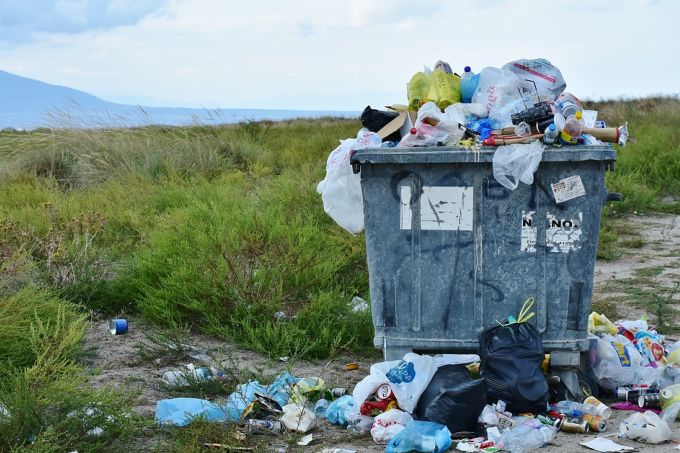One year after President Trump pulled out of the landmark Paris climate agreement, his administration shows no signs of progress, choosing instead to ignore climate science and boost the fossil fuel industry. Former New York mayor Michael Bloomberg, the secretary general for the United Nations’ Special Envoy for Climate Change, unveiled the Bloomberg American Cities Climate Challenge—a $70 million competition to spur aggressive city-level climate programs.

“Cities across America are on the front lines of climate change—their residents are feeling the heat and watching the floodwaters rise around them,” said Rhea Suh, president of NRDC, which, along with Delivery Associates, is one of the organizations that will lead numerous partners to support the selected cities. “This challenge will empower America’s cities to pursue innovative policies and programs to cut their carbon pollution.”
Through the groundbreaking contest, 20 forward-thinking cities will be chosen from a pool of the 100 most populous U.S. metropolises—which, together, could reduce 200 million megatons of carbon pollution by 2025, equivalent to 20 percent of the remaining Paris agreement goal. The focus will be on the highest-impact policies and programs most likely to lead the country forward on climate. Those selected will receive funding and support on factors such as implementation, innovation and community engagement.
Since President Trump’s Paris withdrawal, cities, states, businesses and advocacy groups have all stepped up as climate leaders to continue working toward the country’s Paris agreement goals. For mayors, climate change is an increasingly urgent threat for their communities. “Mayors don’t look at climate change as an ideological issue. They look at it as an economic and public health issue,” said Bloomberg. “Regardless of the decisions of the Trump administration, mayors are determined to continue making progress. The challenge will work with our country’s most ambitious mayors to help them move further, faster toward achieving their climate goals.”
“NRDC is eager to work with these cities, Bloomberg Philanthropies, and partner groups to help tackle the greatest environmental challenge of our generation,” said Suh.
Source: Eco Watch

































